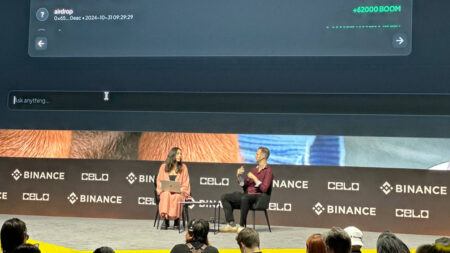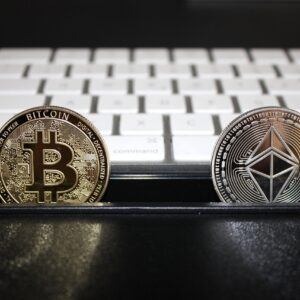On 14 September 2018, Tushar Jain, a managing partner at crypto hedge fund MultiCoin Capital Management published a blog post titled “Debunking Market Narratives: Litecoin ($LTC) Edition” that claimed that the most popular narratives used for defending Litecoin all seem inaccurate, and called LTC (even at around $50) “significantly overvalued.” (Before proceeding, however, it is important to note that this hedge fund is short LTC.)
Tushar believes that Litecoin is “a relic of the pre-smart contract platform crypto ecosystem,” that its fundamental value is a lot less than its current price (around $50 when the report was written, and around $51.34, at the time of writing this article), and that the only things propping up its price are “outdated narratives.”
Here are the key observations Tushar makes about Litecoin:
- The main motivation for Charlie Lee creating Litecoin in 2011 was to have an altcoin that could be mined profitably without requiring expensive GUPs (so that we could have more decentralized mining).
- Litecoin, which was a fork of Bitcoin, was different in three ways: hash algorithm (Scrypt instead of SHA256); block time (2.5 minutes instead of 10 minutes); total coin supply (84 million instead of 21 million).
- Although the memory requirements of the Scrypt algorithm used by Litecoin may have been effective in 2011 in making Litecoin fairly resistant to GPU and ASIC mining, today, Litecoin mining is “as structurally centralized as Bitcoin mining.”
- Lee selling his entire LTC holdings in 2017 is “a massive red flag (even though Lee claims that he had to do this so that he could focus on adoption rather than price) and that not having a stake in the game reduces his motivation to continue development of the protocol.
- Litecoin’s transactions, although cheaper and faster than Bitcoin’s, help it to be a better Medium of Exchange (MoE) than Bitcoin, there is not much evidence to suggest that Litecoin has achieved significantly more adoption than competing cryptocurrencies such as Bitcoin Cash and Dash. In fact, most blockchain payment processors, such as BitPay, accept a whole basket of cryptocurrencies, and not just Litecoin. Furthermore, on 26 March 2018, the Litecoin Foundation announced that LitePay, the crypto payment processor that only dealt with LTC, had ceased operations. Finally, further development of the Lightning Network, increasing SegWit adoption, and other faster (and more scalable) blockchain platforms further discredit the narrative of Litecoin being uniquely qualified to serve as a superior means of payment for products and services.
- As a Store of Value (SoV), although it might seem to make sense to consider Litecoin “digital silver” if we consider Bitcoin “digital gold”, Litecoin has no unique features or use cases, which means that it is unlikely to hold “any meaningful long-term value.”
- Although Litecoin may be serving a useful purpose as Bitcoin’s testnet since proposed improvements to Bitcoin, such as SegWit and the Lightning Network, get implemented quite quickly on Litecoin, it is “nonsensical” for Litecoin to have a $3 billion valuation on this basis alone: “To make the argument that Litecoin should be valuable as Bitcoin’s testnet, that means that Bitcoin holders must voluntarily choose to sell some Bitcoin in exchange for Litecoin in order to support the testnet to the tune of $3B. This is a ridiculous assertion.”
- As block rewards decrease over time, Litecoin will not be able to continue to offer cheap and fast transactions unless the Litecoin Foundation is willing to “allow security to evaporate alongside block rewards.”
- During the huge rally experienced by the entire crypto market in 2017. Since Coinbase, the dominant U.S. crypto exchange, only supported BTC, ETH, and LTC at that time, as the digital asset with the lowest nominal value, it was purchased by many naive investors who wished to hold “whole” coins rather than a fraction of a coin.
- Several negative catalysts lie ahead, e.g. growth in the number of coins/tokens listed by Coinbase, maturation of the Lightning Network (which will make very fast and low cost Bitcoin payments viable), and potential sale of LTC by Bitmain in order to continue support for BCH.
Tushar ends the report with the following conclusion:
Litecoin has traded within a range of $41 and $358 over the past 52 weeks. Hovering at approximately $50, we believe LTC is significantly overvalued. Given the lack of a viable investment thesis, nonexistent positive catalysts and strong negative catalysts, we expect LTC to continue to substantially underperform the crypto market.
According to data from CryptoCompare, at the time of writing (September 18th 2018, 07:00 UTC), LTC is trading at $51.71, down 8.62% in the past 24-hour period.
Featured Image Credit: Photo via Pixabay;









